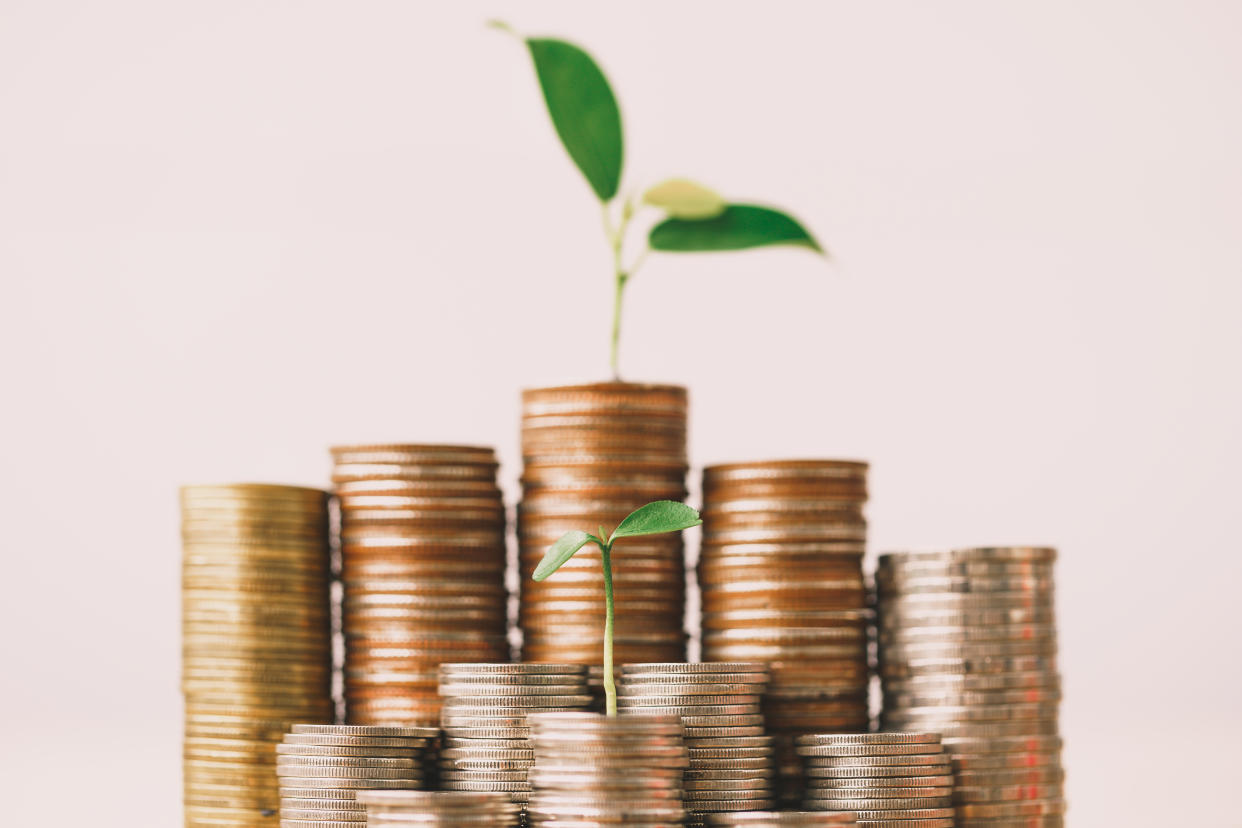Personal finance: five ways to get rid of your overdraft

If it feels like you will never get rid of your overdraft, you aren’t alone. An increasing number of people are constantly overdraft, stuck in a cycle of borrowing that can be difficult to get out of.
Research by StepChange shows that 2.1 million people were locked into being overdrawn for the whole year. Although overdrafts can be useful for solving a short-term problem, it’s important to remember that they are a type of debt and are repayable on demand at any time. Overdrafts often have high interest rates and can be an expensive way to borrow money too.
So what can you do to try and get out of the red and into the black? Here are five steps you can take to help.
Keep track of your account
One in four Brits admit to going into overdraft over the past 12 months, according to a study of 2,000 Brits commissioned by Finder.com. Alarmingly, two thirds don’t know how much interest they’re being charged on their overdraft too.
For some people, it’s easy to forget to check your account - so going into your overdraft or going over the limit can be a nasty surprise. It’s important to check your statement regularly to make sure you keep track of your finances.
Trying online banking or downloading your bank’s mobile app can help and some banks will now send text alerts if you are about to become overdrawn too.
READ MORE: Five easy ways to save money on food
Budget
It’s not terribly exciting, but budgeting is important if you want to get rid of or stay out of your overdraft for good. This will help you understand what your income is and what you are spending your money on each month.
The first step is to get your financial information together, including your income, how much you spent on rent or mortgage, household bills, leisure and entertainment, travel and any other expenditures. It’s important to calculate your regular spending as well as one-off expenses. It’s also essential to keep track of small purchases too.
Creating a spreadsheet can help you keep track of things, or there are various apps to help you budget too, such as Money Dashboard. You can then work out where you can make savings, so that some of your income goes towards getting yourself out of debt.
Reduce your overdraft limit
As you start paying off your overdraft, it’s worth speaking to your bank to find out if it can reduce your overdraft to match your limit. So if you’ve had an overdraft of £1,000 and you have paid off £200, ask the bank to lower the limit to stop you going back into it. Keep doing this as you gradually pay it off.
Setting yourself a target - no matter how small - can really help you keep chipping away at your overdraft too. Every little helps. If you do finally get out of your overdraft, it can be useful to close it to avoid becoming overdrawn again.
READ MORE: How to turn your side hustle into a career
Use savings if you have them
With high rents, increasing living costs and stagnating wages, it can be hard to save any money at all each month.
But if you have savings as well as an overdraft, it’s cheaper in the long run to use your savings to pay off your overdraft - as the fees you pay when you become overdrawn can be extortionate.
READ MORE: Five easy money-saving apps to download
Get professional help
If you’re struggling to reduce or stay out of your overdraft, it can be useful to get professional help. You can speak to Citizens Advice Bureau, or the StepChange Debt charity, which also has an online debt advice tool - the debt advice is tailored to your personal situation and is completely free of charge.
These organisations can help you prioritise your payments and what you are spending - so you can work out where to make cut backs and gradually ease yourself out of debt.

